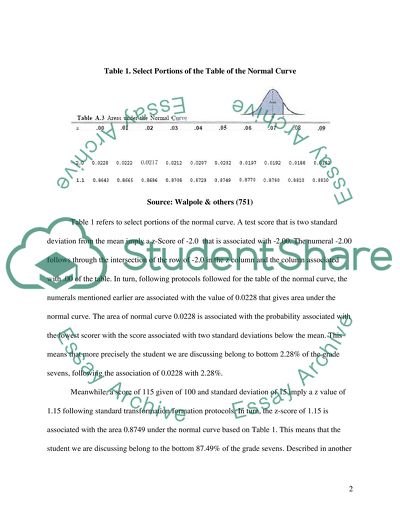Appraisal and Social-Cultural Factors Research Paper. Retrieved from https://studentshare.org/miscellaneous/1569400-appraisal-and-social-cultural-factors
Appraisal and Social-Cultural Factors Research Paper. https://studentshare.org/miscellaneous/1569400-appraisal-and-social-cultural-factors.


